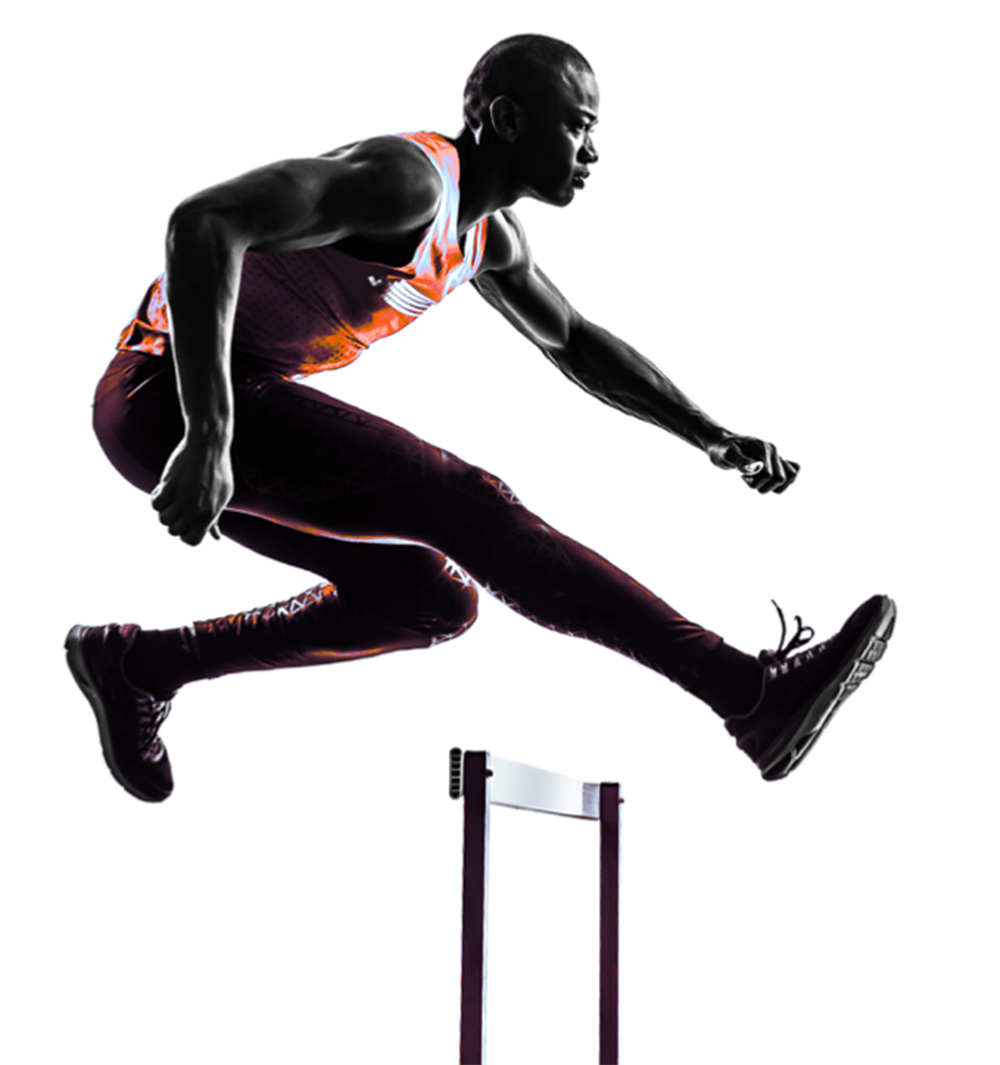Hamstring muscle strains are a common injury in sports that involve high speed running, change in direction or even kicking. They are very common in the football codes, especially early in the season when athletes are still getting back to full fitness and adapting to higher high training loads.
“I FELT A POP!”
Most acute hamstring strains involve sudden pain in the posterior thigh, and a popping or pulling sensation may also be felt. The typical mechanism is sprinting, sudden acceleration, or a forced sudden stretch (e.g. slipping, or being knocked over whilst the hamstring is extended).

“HOW LONG AM I OUT FOR?”…
The time to return to activity is influenced by the nature, location and grade (Grade 0-3) of the injury. Low grade injuries can return to activity within 2 weeks, whilst high grade injuries can take closer to 3-4 months.
Longer recovery timeframes are associated with injuries higher up in the hamstring, those caused by a stretching mechanism, or when there is involvement of the tendon.
Time alone should not be used to determine when return to play. It is important to complete a well structured rehab protocol and demonstrate a full recovery of strength and power through a series of objective tests. Don’t roll the dice and hope for the best!
Z34 HAMSTRING REHABILITATION
Phase 1: Acute Management
- Restore normal gait. For grade 3 injuries crutches may be needed initially
- Avoid passive stretching initially. Early mobility is encouraged
- Swelling control. Use of our Game Ready and Recovery Boots units.
Phase 2: Regeneration, Strength and Agility
- Increase range of motion, including eccentric movements
- Hamstring strength exercises to encourage muscle regeneration. The Zone gym allows prescription of both Hip Dominant (e.g. Roman Chair, Sliders) and Knee Dominant (prone curls, Nordics)
- Introduce slow speed running, running drills and agility movements
- Encourage Hip flexor and neural mobility
- “Core” Lumbopelvic stability exercises to control Anterior Pelvic Tilt.
- Off Feet Conditioning. Watt Bike can be used to ensure symmetrical power (Left = Right) and monitor power output (watts)
Phase 3: High Speed Running and Direction Change
- Demonstrate full pain free range, including on dynamic tests (e.g. Askling H Test)
- Regain Isometric strength > 95% of the other side
- Complete Z34 Rehab Runs Level 3+4
- Introduce Plyometric drills
- Allow recovery between strength and running sessions
- Maintain training loads with off feet conditioning. Watt Bike testing can include 6 sec Peak power, or 3 min Aerobic test.
Phase 4: Return to Training
- Incorporate Reactionary movements. E.g. BlazePod lights, Partner assisted
- Complete sport specific movement patterns and training.
- Consider gradually increasing minutes and intensity at training initially
- Typically athletes should complete at least 2 full training sessions prior to returning to play. However this will vary depending on level of play, compliance with the rehab program, and individual risk factors.
REHABILITATION RUNS
Running is one of the best ways to load the hamstrings, especially biceps femoris. A thorough rehab run program should include:
- Early agility drills.
- Progressive increases in speed and volume (distance, reps)
- Change in direction
- Acceleration and Deceleration
- Reactionary direction change
In the clinic we will utilise BlazePod Light system training for reactionary drills. Apps or training with a friend can assist with reactionary movements to visual or verbal stimuli.
ZONE HIGH PERFORMANCE GYM MEMBERSHIPS
Our Zone Gym passes are ideal for anyone who need short term access to gym equipment required to rehabilitate the injury and maintain conditioning. Our Sports Physiotherapists and Exercise Physiologists will prescribe a hamstring rehab program to follow both under supervision and independently in the Zone gym.
PREVENT ANOTHER STRAIN!
There is a high rate of re injury in the first month after returning to play sport post hamstring injury. To reduce the likelihood of injury we will compare maximal strength, rate of force development and power production of the left and right legs. This will include:
- Dynamometer strength testing
- Weight Hamstring Curl (e.g. 3 or 5 R.M, or Reps to Fatigue)
- Jump mats
- Force plates
Post return to play we recommend you continue a Injury Prevention Program twice a week consisting of Hamstring Strength, Lumbopelvic Stability, and maintain Hip Flexor and Neural Mobility.













